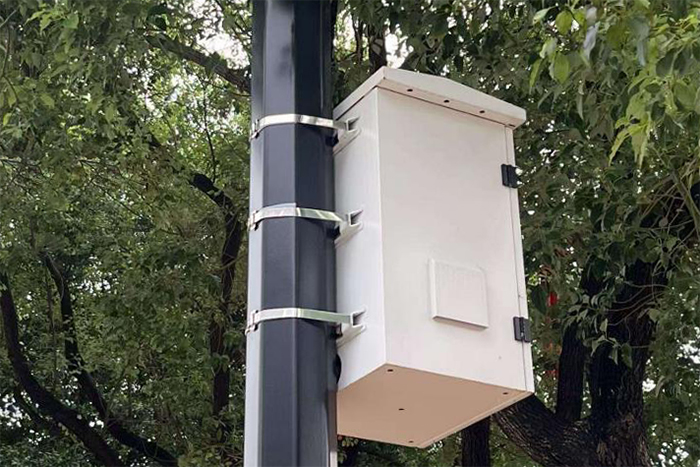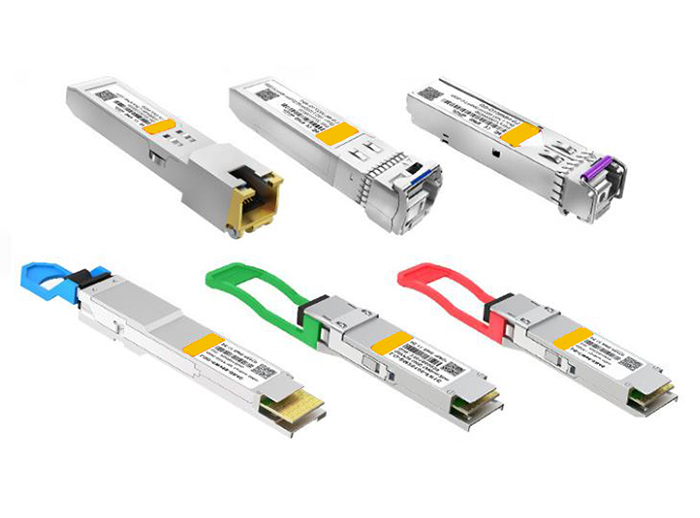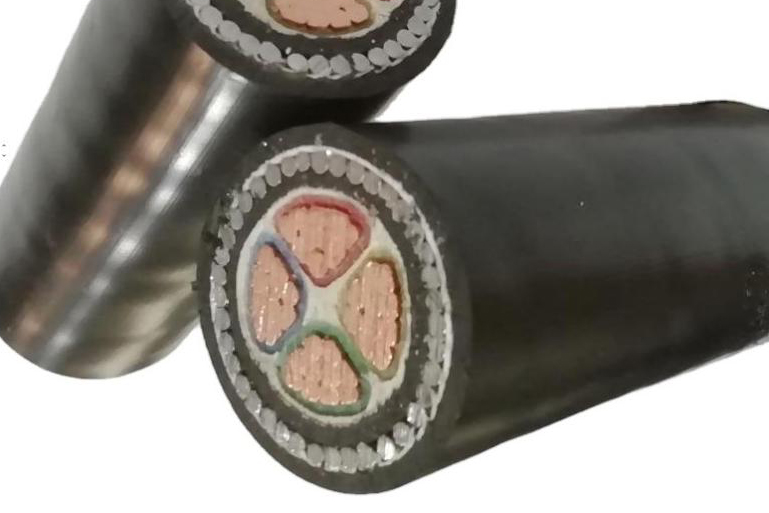Optical transceivers are essential components in modern fiber-optic communication systems. These devices convert electrical signals into optical signals for transmission and then convert them back to electrical signals at the receiving end.
Key advantages of optical transceivers include low latency, high bandwidth, and the ability to deliver data transmission over long distances with very little signal loss. They are optimally suited for applications in telecommunication, data centers, and enterprise networks where high-performance, reliable connectivity is a prerequisite.
Based on the network requirements, optical transceivers come in different form factors, such as SFP, SFP+, and QSFP. Below is a breakdown of the most common types and their usage within modern network infrastructures.
1. SFP (Small Form-factor Pluggable)
The SFP transceiver is adequate for close-range connections at rates of up to 1.25 Gbps. It's a small, cost-effective solution, commonly used in smaller-sized networks or low-speed applications.
- Best For: Low-speed connectivity, tiny networks.
- Max Data Rate: 1.25 Gbps
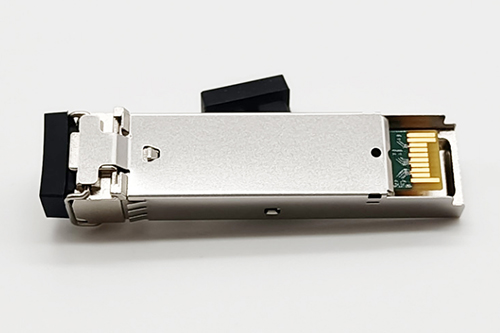
2. SFP+ (Enhanced Small Form-factor Pluggable)
With supporting speeds of up to 10 Gbps, SFP+ is the upgraded version of the SFP. It is a go-to standard for all enterprise networks and high-speed use cases, for example, 10G Ethernet.
- Best For: High-speed Ethernet, enterprise applications.
- Max Data Rate: 10 Gbps
3. QSFP (Quad Small Form-factor Pluggable)
The QSFP transceiver provides outstanding performance with up to 40 Gbps supported using data channel aggregation. It is suitable for efficient, high-density connections in large data centers.
- Best For: High-bandwidth applications, large data centers.
- Max Data Rate: 40 Gbps
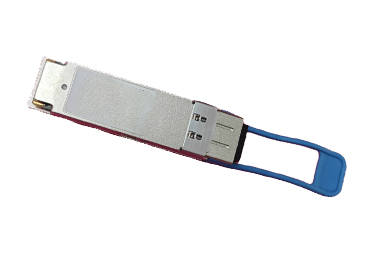
4. QSFP28 (Quad Small Form-factor Pluggable 28)
The QSFP28 is able to handle 100 Gbps speeds, across four lanes at 25 Gbps. It's generally employed in high-demand applications, such as large cloud data centers and backbone networks.
- Best For: 100G Ethernet, high-speed interconnects.
- Max Data Rate: 100 Gbps
5. CFP (C Form-factor Pluggable)
The CFP transceiver can support more bandwidth-hungry applications and provide data rates of up to 100 Gbps or even 200 Gbps. It is primarily utilized in the backbone network where there is a requirement for long-distance transmission and high capacity.
- Best For: Backbone networks, long-distance transmission.
- Max Data Rate: 100 Gbps, 200 Gbps
6. QSFP-DD (Quad Small Form-factor Pluggable Double Density)
With twice the QSFP28 port density, the QSFP-DD supports up to 400 Gbps. It is a high-density, high-bandwidth solution that future-proofs data center networks.
- Best For: Ultra-high-density networking, 400G Ethernet.
- Max Data Rate: 400 Gbps
7. QSFP56 (Quad Small Form-factor Pluggable 56)
As a 200G Ethernet support, the QSFP56 transceiver is optimized for data-hungry applications and massive data center deployments, with speeds of up to 224 Gbps.
- Best For: 200G Ethernet, massive-scale computing.
- Max Data Rate: 224 Gbps
8. OSFP (Octal Small Form Factor Pluggable)
OSFP transceiver is the next step in next-gen high-density networking with up to 800 Gbps data rates. It's ideal for application within next-gen data centers and telco networks where super-high data speed and bandwidth are needed.
- Best For: Data centers, ultra-high-bandwidth networks.
- Max Data Rate: 800 Gbps
Here's a quick comparison table of common optical transceiver types, their maximum data rates, and best-use scenarios, for easy reference and better decision-making.
| Transceiver Type |
Max Data Rate |
Best For |
| SFP |
1.25 Gbps |
Low-speed connectivity, tiny networks. |
| SFP+ |
10 Gbps |
High-speed Ethernet, enterprise applications. |
| QSFP |
40 Gbps |
High-bandwidth applications, large data centers. |
| QSFP28 |
100 Gbps |
100G Ethernet, high-speed interconnects. |
| CFP |
100 Gbps, 200 Gbps |
Backbone networks, long-distance transmission. |
| QSFP-DD |
400 Gbps |
Ultra-high-density networking, 400G Ethernet. |
| QSFP56 |
224 Gbps |
200G Ethernet, massive-scale computing. |
| OSFP |
800 Gbps |
Data centers, ultra-high-bandwidth networks. |
Conclusion
Choosing the right optical transceiver is a critical part of building a high-performing network. Upgrading your data center, increasing telecommunication strength, or expanding enterprise networks can all be aided by the right transceiver. Stanford Optics offers a wide range of high-quality, customizable transceivers to meet your network needs. Browse our inventory today and future-proof your network infrastructure.




